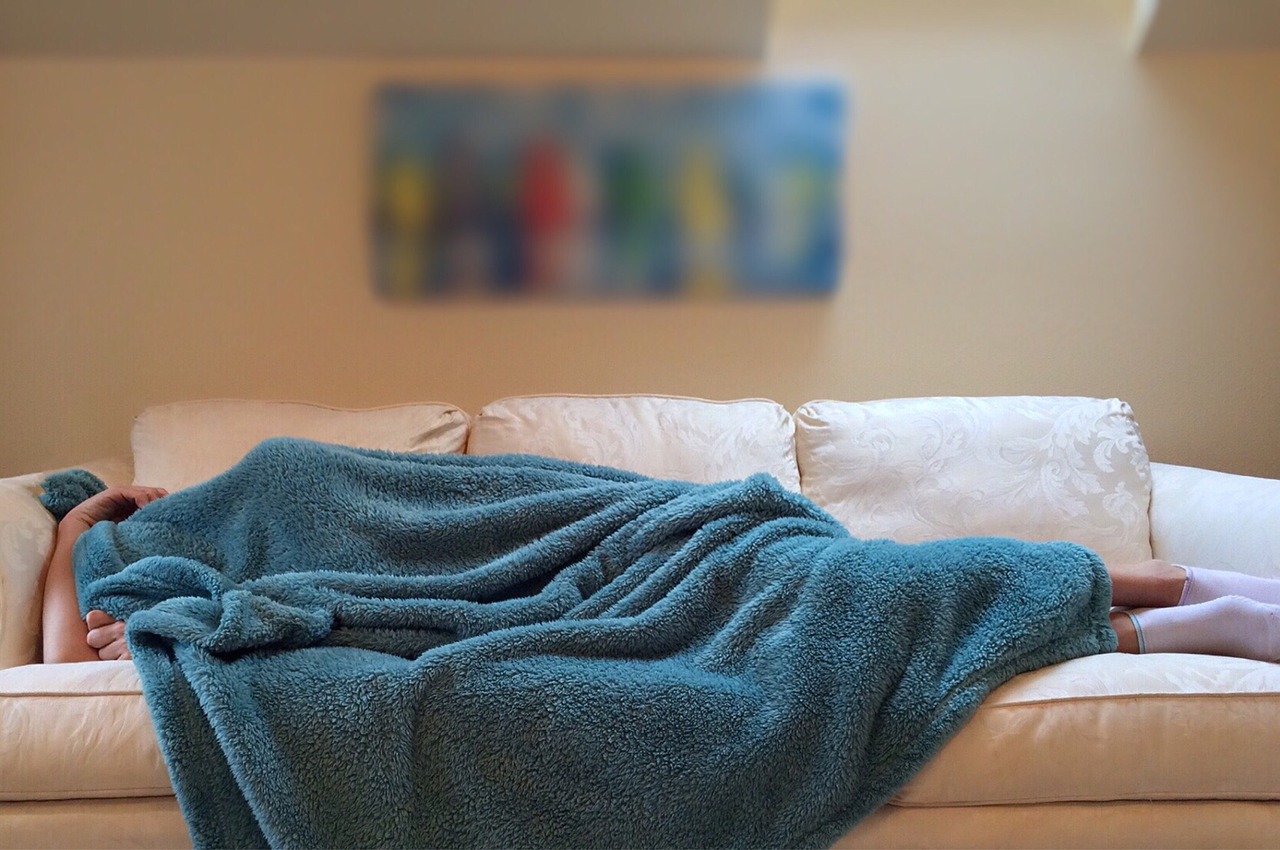Restless leg syndrome (RLS) is a nervous system disorder characterized by uncomfortable sensations and an insatiable urge to move the legs.
It often occurs at the end of the day and can significantly interfere with sleep patterns in some sufferers. RLS and varicose veins often occur at the same time. In fact, some medical research shows more than 20 percent of people with RLS also have venous insufficiency, the underlying cause of most varicose veins. The good news is that if you suffer with both conditions, you may find treatment of your varicose veins relieves the uncomfortable symptoms of RLS as well.
Causes of Restless Leg Syndrome (RLS)
There are two basic kinds of RLS and treatment will vary based on the specific type of RLS that is diagnosed:
Primary
Restless Leg Syndrome (RLS)
This type of RLS is diagnosed when there are no other causes to attribute to the condition. With primary RLS, the ultimate cause is largely unknown. This condition tends to last a lifetime and worsen over time. Some sufferers may find their condition is episodic, which means they may go for periods of time without any symptoms before the condition flares up once again.
Secondary Restless Leg Syndrome (RLS)
This RLS is typically caused by another medical condition including:
- Diabetes
- Parkinson’s disease
- Kidney disease
- Thyroid imbalances
- Rheumatoid arthritis
- Nutritional deficiencies
Some types of medications can also lead to RLS symptoms, including antihistamines, anti-nausea drugs and antidepressants. With secondary RLS, the condition can often be treated by treating the underlying condition or stopping the medication. Varicose vein sufferers may also be diagnosed with secondary RLS and find that treatment of the venous condition also relieves the RLS symptoms.
Symptoms of Restless Leg Syndrome (RLS)
The primary symptom of RLS is an uncomfortable sensation in the lower legs that is only relieved when the legs are in motion. This symptom frequently appears in the evening, often when you are getting ready to go to sleep. People with RLS may also experience any or all of the following:
- Leg twitching while sleeping (known as periodic limb movement disorder or PLMD)
- Difficulty sleeping through the night
- Frequent pacing or other types of movement at night instead of sleeping
- Improvement in symptoms first thing in the morning
- Daytime sleepiness due to lack of sufficient rest the night before
Restless Leg Syndrome (RLS) and Varicose Veins
Not all cases of RLS are linked to varicose veins, but the incidence is high enough that if you have visible veins and you are experiencing RLS symptoms, it is worth getting your veins evaluated by a specialist. Varicose veins can lead to other symptoms, including swelling of the lower leg, ankle and foot. If you elevate your legs at the end of the day to reduce the swelling, this can also lead to the onset of the restless leg feeling.
Choosing Your Vein Treatment
If varicose veins occur simultaneously with RLS, treating the vein condition has been shown to relieve RLS symptoms at the same time. In fact, one study published in the Journal of Phlebology found that 98 percent of patients with both condition saw relief from RLS discomfort after vein treatment. Eighty percent experienced long-term relief from those RLS symptoms.
If you are suffering with RLS and you have varicose veins, now is the time to schedule your vein exam and find out if vein treatment could relieve both conditions. Vein treatments today are minimally-invasive and involve little or no discomfort or downtime. To learn more, contact Vein Specialists of the Carolinas at 704-861-2072 or 704-544-5245.
#restlesslegsyndrome #rls #spiderveins #varicoseveins #gastonianc #charlottenc #healthylegs #veins #legs #lookgood #feelgood #beautifullegs
#veinspecialist #spiderveinremoval #veinscarolina

